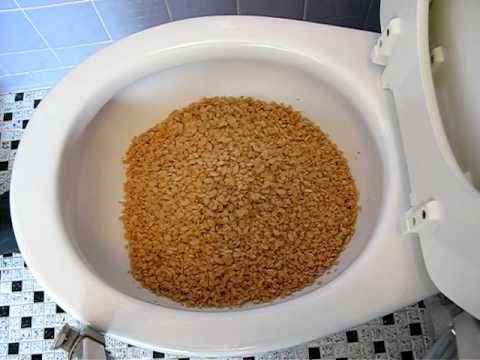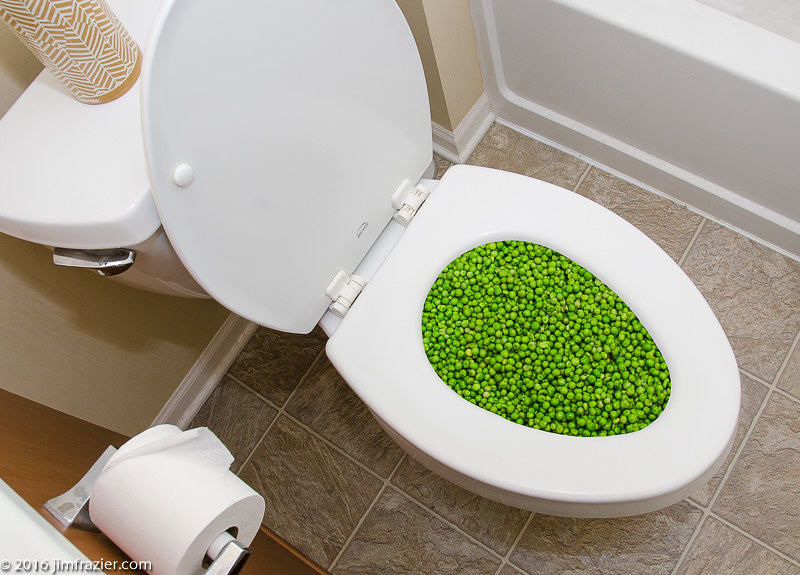Can You to Dispose of Food in the Toilet?
Can You to Dispose of Food in the Toilet?
Blog Article
We have stumbled upon the article involving Is it safe to flush food (especially rice) down the toilet? below on the internet and thought it made sense to write about it with you over here.

Introduction
Many individuals are commonly confronted with the dilemma of what to do with food waste, particularly when it involves leftovers or scraps. One usual question that develops is whether it's all right to purge food down the commode. In this short article, we'll explore the reasons people might take into consideration flushing food, the effects of doing so, and different approaches for appropriate disposal.
Reasons why people could take into consideration flushing food
Absence of awareness
Some individuals might not recognize the potential damage brought on by purging food down the commode. They might wrongly believe that it's a harmless technique.
Benefit
Purging food down the commode may feel like a fast and easy option to dealing with unwanted scraps, particularly when there's no neighboring trash bin available.
Idleness
In many cases, individuals might just pick to flush food out of large negligence, without thinking about the repercussions of their actions.
Effects of flushing food down the commode
Environmental impact
Food waste that winds up in waterways can contribute to air pollution and damage marine ecological communities. Furthermore, the water utilized to flush food can stress water resources.
Pipes problems
Flushing food can lead to stopped up pipelines and drains, causing costly plumbing repairs and hassles.
Kinds of food that ought to not be flushed
Fibrous foods
Foods with coarse structures such as celery or corn husks can get tangled in pipes and create blockages.
Starchy foods
Starchy foods like pasta and rice can soak up water and swell, leading to blockages in pipes.
Oils and fats
Greasy foods like bacon or cooking oils should never ever be purged down the bathroom as they can strengthen and create clogs.
Appropriate disposal approaches for food waste
Utilizing a garbage disposal
For homes outfitted with garbage disposals, food scraps can be ground up and purged with the plumbing system. Nevertheless, not all foods appropriate for disposal in this manner.
Recycling
Certain food packaging products can be reused, reducing waste and lessening ecological impact.
Composting
Composting is an eco-friendly method to take care of food waste. Organic materials can be composted and utilized to improve soil for horticulture.
The relevance of appropriate waste management
Minimizing ecological damage
Proper waste monitoring techniques, such as composting and recycling, help decrease air pollution and preserve natural resources for future generations.
Securing pipes systems
By avoiding the technique of flushing food down the bathroom, home owners can protect against expensive pipes repair services and maintain the honesty of their pipes systems.
Conclusion
Finally, while it may be alluring to flush food down the commode for benefit, it's important to recognize the potential effects of this activity. By adopting correct waste monitoring practices and dealing with food waste properly, individuals can contribute to healthier pipes systems and a cleaner setting for all.
FLUSH FOOD DOWN THE TOILET?
FLUSHING FOOD CAN CAUSE BLOCKED DRAINS IN YOUR HOME
All of the plumbing fixtures in your home are connected to the same sewer pipe outside of your home. This outdoor sewer pipe is responsible for transporting all the wastewater from your home to the Council sewer mains. Even small pieces of food that go down the kitchen sink can cause problems for your sewer. It should therefore be obvious that flushing larger bits of food, such as meat, risks a clog in either the toilet itself or the sewer pipes. Flushing greasy food is even more problematic because oil coagulates when it cools, coating the interior lining of your pipes.
THE TOILET IS NOT A BIN
Food isn’t the only thing that people shouldn’t be flushing down the toilet. People use the toilet to dispose of all kinds of things such as tampons, makeup wipes, dental floss, kitty litter and even underwear. Water goes to great lengths to educate residents about the high costs and stress placed on wastewater treatment systems simply from people flushing the wrong stuff down the toilet. It costs taxpayers millions of dollars each year, and homeowners thousands in blocked drain repairs.
FLUSHING FOOD IS A WASTE OF WATER
Flushing food is a waste of our most precious resource - water. In June this year Level 1 water restrictions were introduced to protect water supply from drought conditions. Much of New South Wales continues to be affected by prolonged drought with recent figures revealing up to 97 per cent of the state remains in drought. Depending on whether you have a single or dual flush toilet, every single flush uses between five and 11 litres of water. In the current climate this is a huge amount of water to be wasting on flushing food that should be placed in the bin (or better yet, the compost).
https://www.jabplumbingsolutions.com.au/blog/can-you-flush-food-down-the-toilet

I'm very fascinated by Is it safe to flush food (especially rice) down the toilet? and I am praying you enjoyed the page. Are you aware of someone else who is occupied with the niche? Do not hesitate to share it. Thanks for being here. Kindly come by our website back soon.
Call Today Report this page